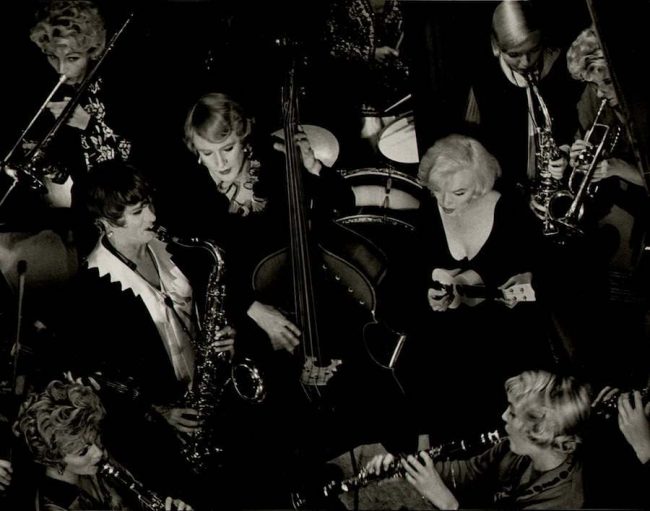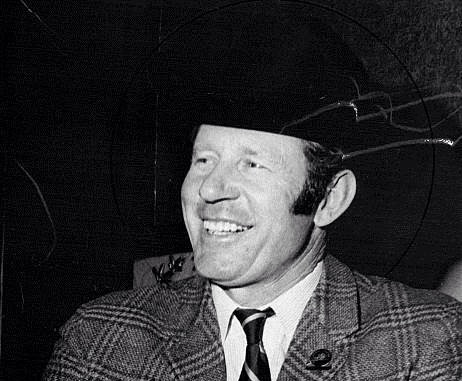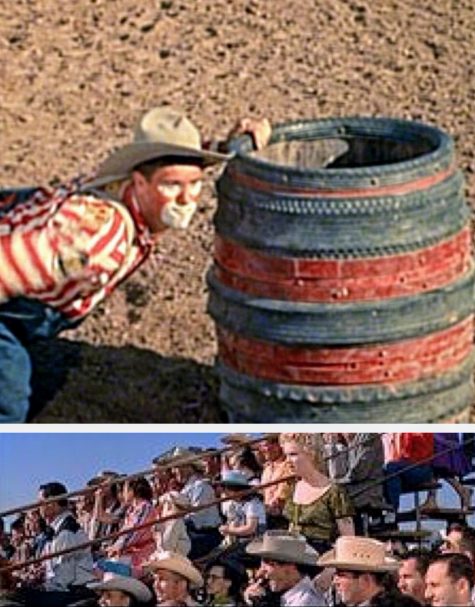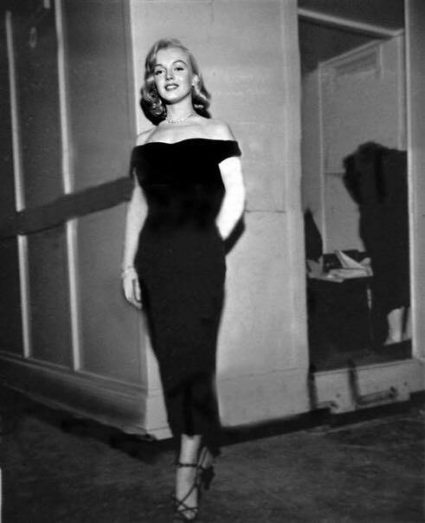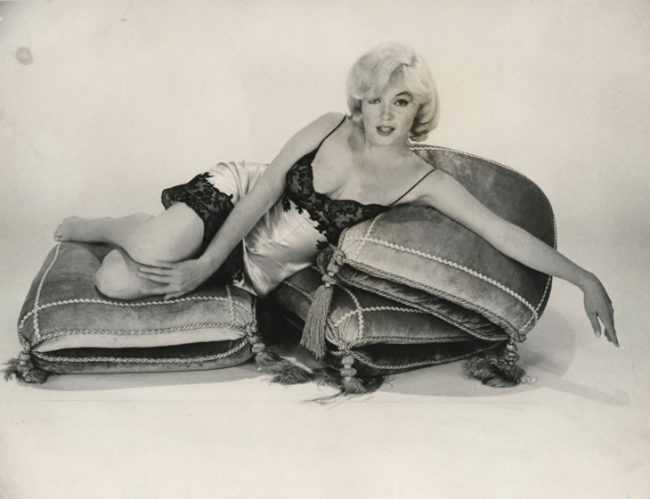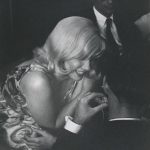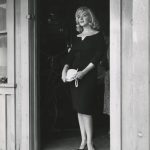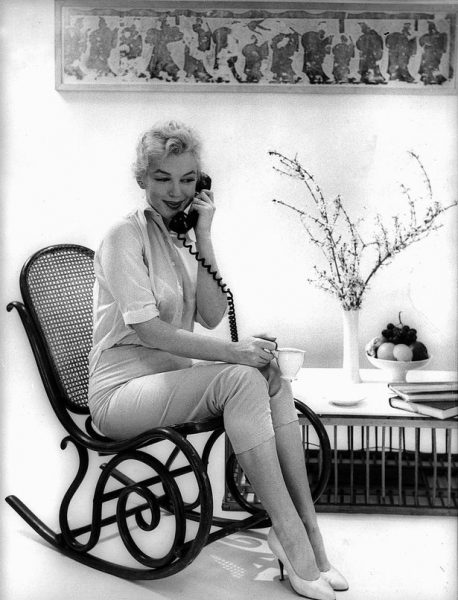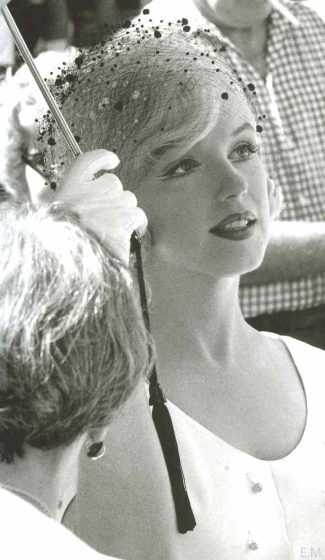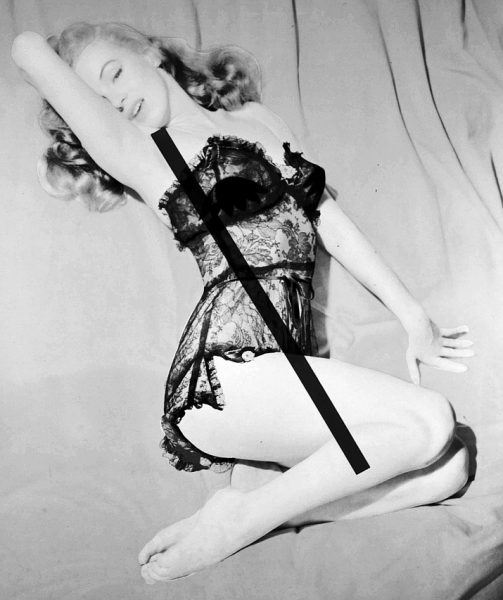
Following the 70th anniversary of Marilyn’s nude calendar shoot (see here), Tom Kelley’s ‘Red Velvet‘ session is coming to Sedona PhotoFest in Arizona, as Verde News reports.
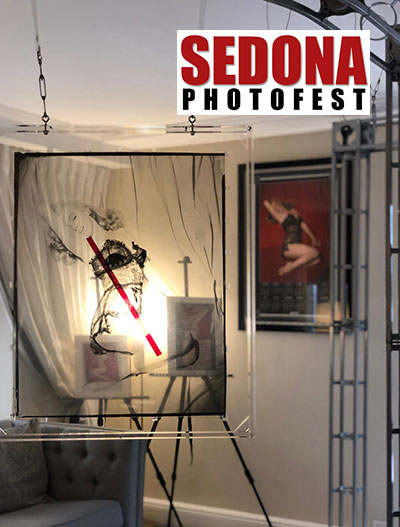
“Born Norma Jeane Baker on June 1, 1926, Marilyn Monroe would be turning 93 years old this year. This iconic actress is celebrated through the beautiful, rare and historic ‘Golden Dreams’ collection represented by Linda Goldenstein and Goldenstein Gallery.
Who could have imagined that a chance encounter would result in what has been called ‘the most famous picture since the Mona Lisa,’ transforming a 22-year-old aspiring Marilyn Monroe into one of Hollywood’s greatest film icons and helping a young man named Hugh Hefner launch his Playboy empire along the way?
Photographer Tom Kelley met Monroe on Sunset Boulevard in October 1948, after a minor auto accident. Marilyn told him she had an audition. He gave her $5 cab fare and his business card. In May 1949, Marilyn was behind on rent and her car in repossession. She found Kelley’s card and appeared unannounced at his studio. A model called in sick for a Pabst beer poster photoshoot and Marilyn got the job.
Two weeks later, Kelley called Marilyn saying that John Baumgarth, a major calendar publisher, had seen the Pabst poster and wanted Marilyn to pose for an upcoming calendar.
Not long after, Kelley’s color transparencies of unknown nude models arrived at Baumgarth’s Chicago offices. Among them was ‘Golden Dreams’ featuring the then-unknown Marilyn. Although it wasn’t Baumgarth’s first choice, based on the calendar selection committee he agreed to run Marilyn’s image in the 1951 calendar line. Baumgarth’s preferred image ‘The Charmer’ featuring Maxine Strong outsold Marilyn’s Golden Dreams by 2 to 1, until it was later revealed that the model in Golden Dreams was in fact Marilyn Monroe.
Narrowly escaping destruction, the color separations represented by Goldenstein are the unique, original separations first created by hand in 1950 and used by Baumgarth to produce the Golden Dreams calendars featuring Marilyn Monroe.
Baumgarth sold 9 million calendars throughout the 1950s, making Marilyn the best-selling calendar girl and earning John Baumgarth the moniker ‘The Man Who Made Monroe.’
Reproducing Marilyn’s refined features, supple texture and luxurious tones was no small feat – print artisans painstakingly created and corrected the many layers of film for the full color printing process – a masterpiece of printer’s art.
In December 1953, an astute man named Hugh Hefner bought the rights to reproduce the Golden Dreams image for $500 from John Baumgarth Company, to be used as the ‘Sweetheart of the Month’ in Playboy magazine. That first issue sold over 54,000 copies and the profits provided Hefner the funding to continue publishing and ultimately launch his Playboy Empire.
In 2010, Al Babbitt purchased the original and unique film positives and negatives used by Baumgarth Co. to produce the 1950s Marilyn Monroe Golden Dreams pin up calendars. Babbitt will speak at Sedona PhotoFest on June 15 at 1p.m., in the Mary D. Fisher Theatre, about the history of Marilyn Monroe, the iconic Golden Dreams collection and the color separation process.
Original Monroe large format color separations will be exhibited. These pieces are part of the ‘Messenger Art Collection’ represented by Goldenstein Gallery, 6,000 works of art created over 100 years by diverse calendar and promotional companies.”

